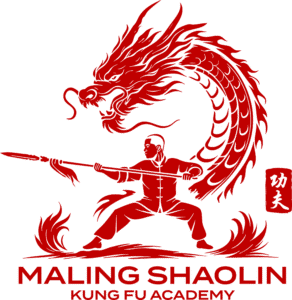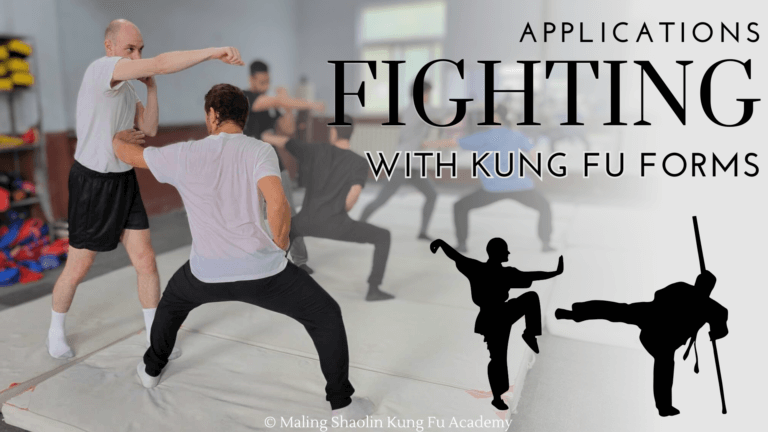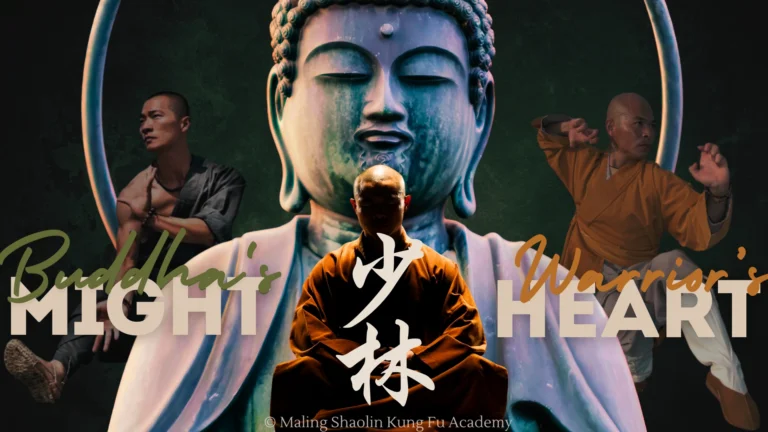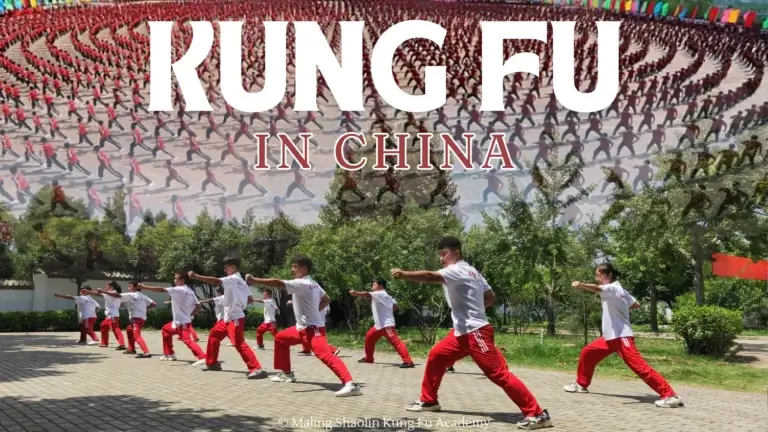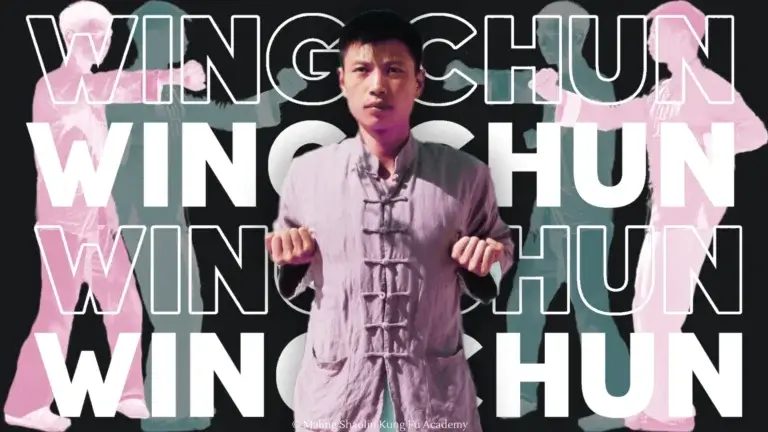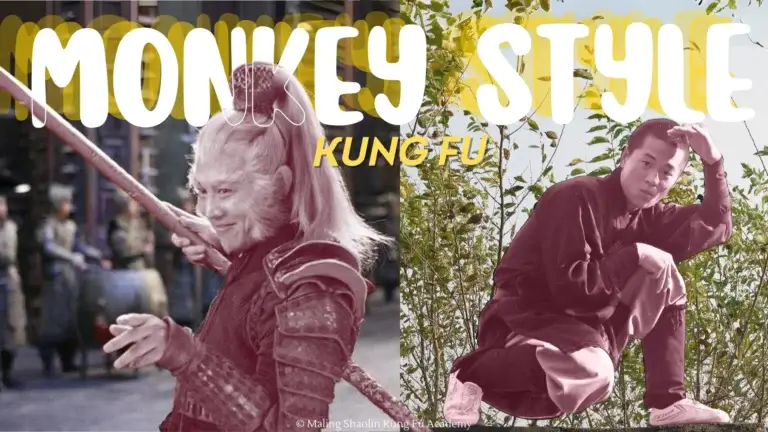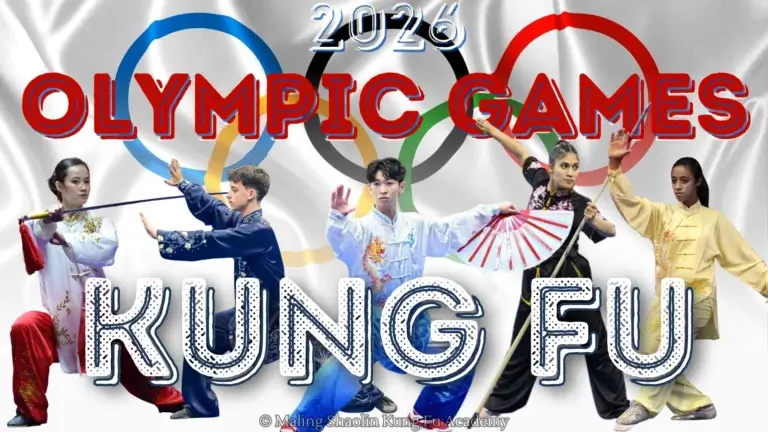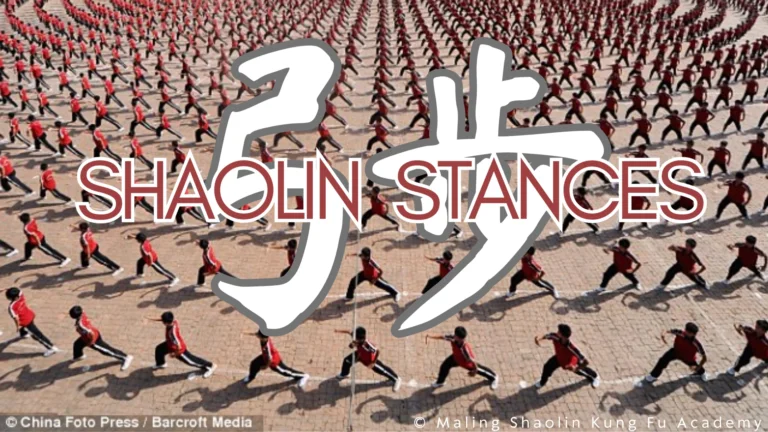How to Become a Shaolin Monk: Steps, Training, and Requirements

The allure of Shaolin kung fu, with its rich history, discipline, and philosophical depth, draws many from around the world who dream of becoming a Shaolin monk. However, this dream is often shaped by Western media portrayals, which don’t always reflect the realities of life as a monk at the Shaolin Temple. In this article, we’ll explore the process of becoming a Shaolin monk, clarify misconceptions, and explain how foreigners might pursue this path.
